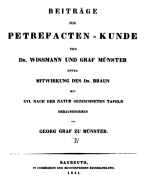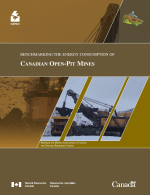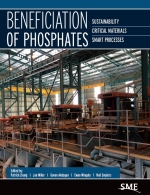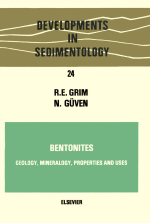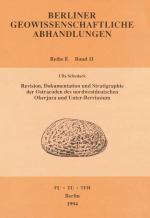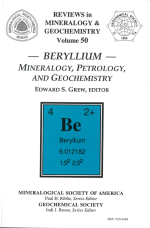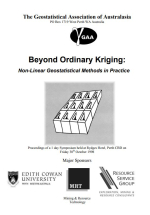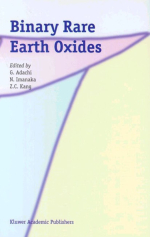With the removal of the majority of the shallow mineral reserves there has been an increase in the mining depths in the South African mining industry. This has, in turn, changed the industry’s and stakeholders’ perceptions of risk associated with mining-induced instability. In recent years the increased mining depth, particularly in open pits, has led to an increase in pit slope failures, which has highlighted the need for appropriate and effective pit slope management programmes. Such a programme comprises many facets, including mine hazard plans, regular slope inspections, cleaning of interim and final pit faces, blasting practices, histories of failures, pit depressurization, stormwater control and evacuation procedures. However, it is arguably in the field of slope monitoring that the most significant strides have been made in terms of new technologies and best practice in open pit mining geotechnics, with the introduction of technologies such as laser scanners and slope stability radar. This paper seeks to illustrate the operational benefits associated with the implementation of new technologies into open pit mining, using AngloGold Ashanti’s Geita Gold Mine in Tanzania as an example. <...>


